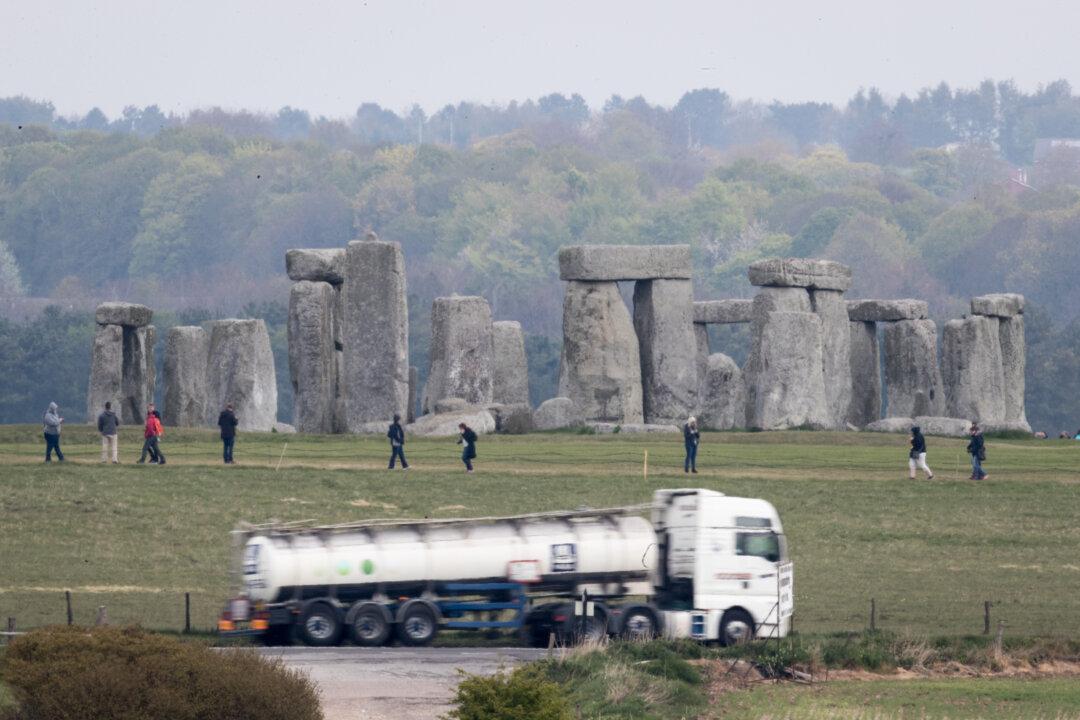The controversial £1.7 billion tunnel that will ferry traffic under Stonehenge has been given final planning permission by the Transport secretary, against the advice of planning officials.
Plans for the two-mile tunnel have been grinding their way through the planning system—and much opposition from campaign groups—for six years.





